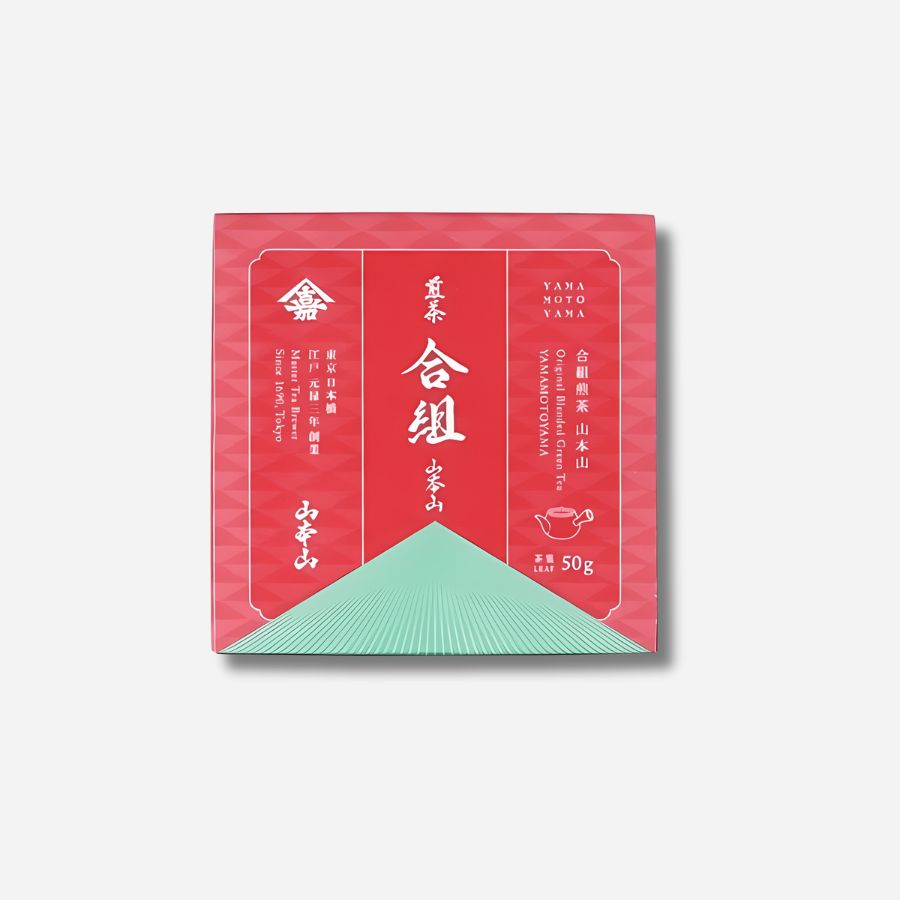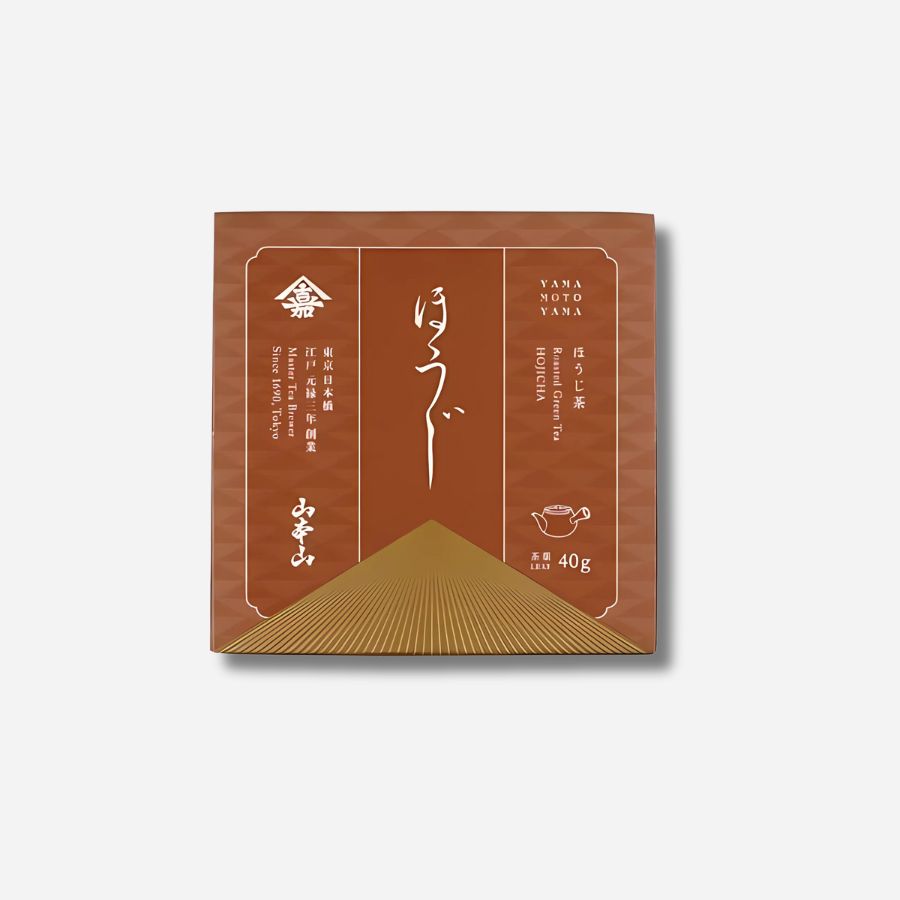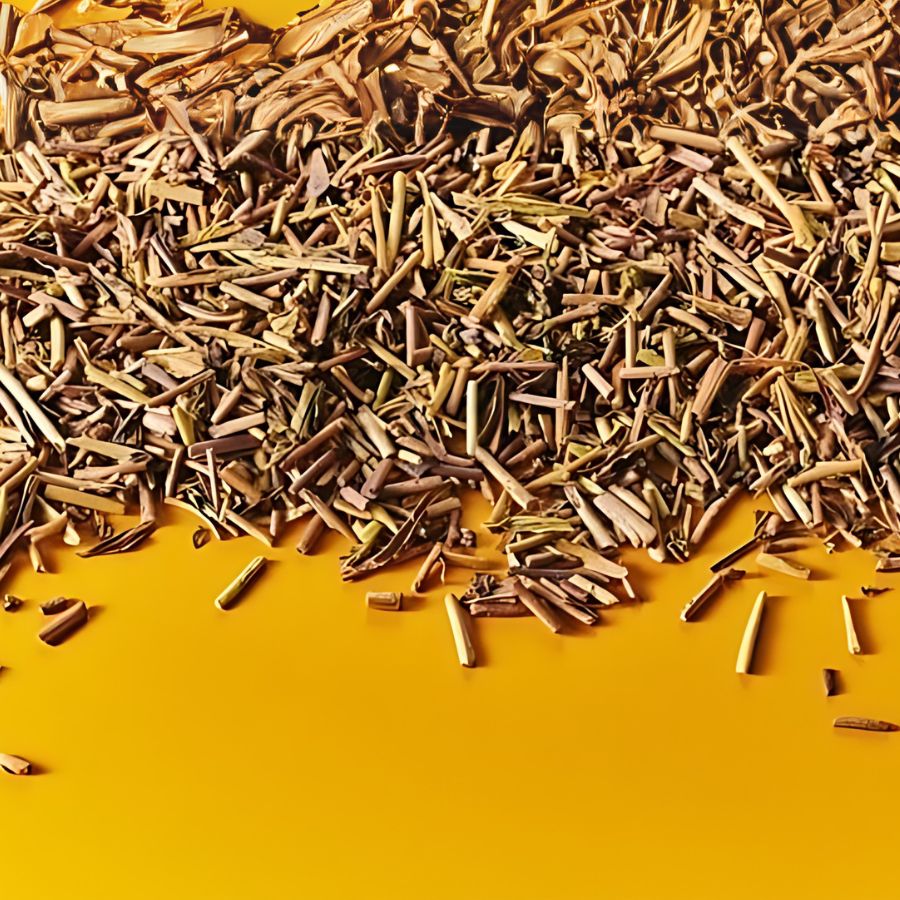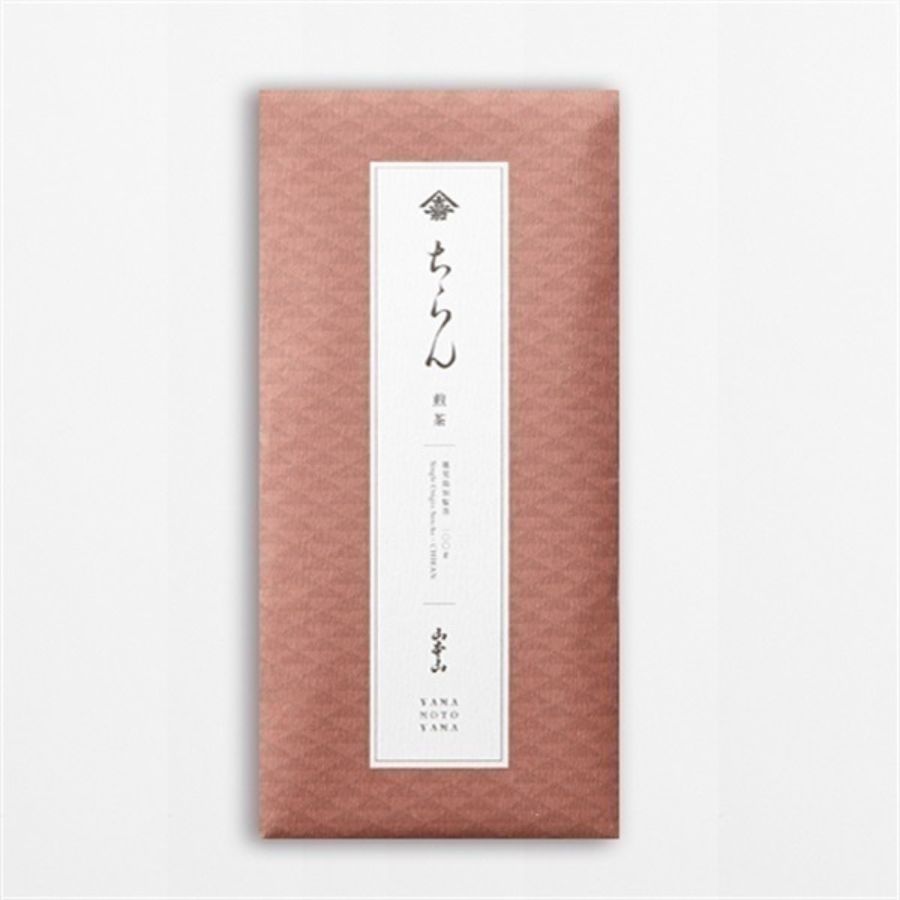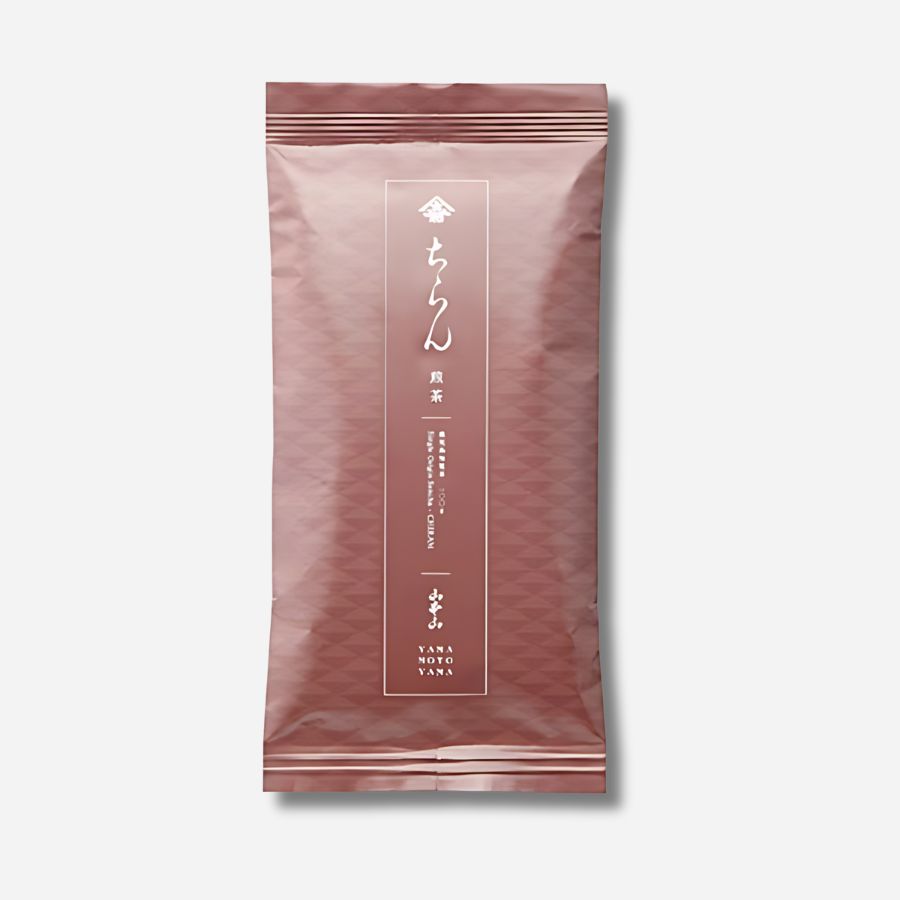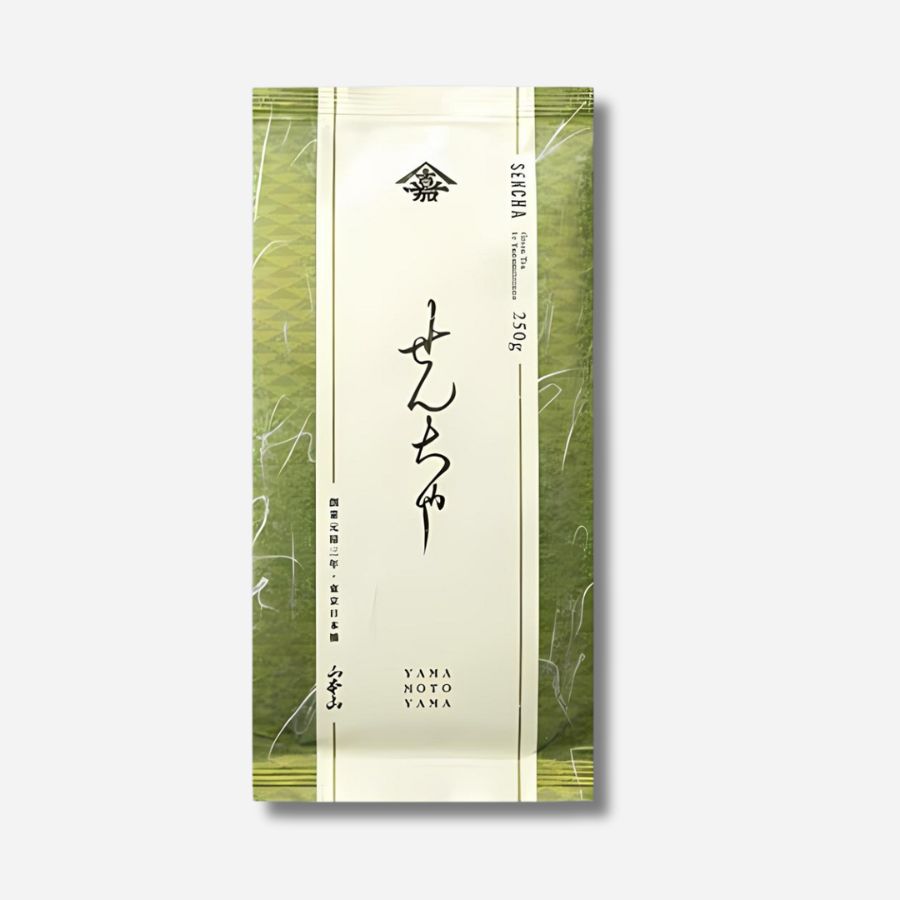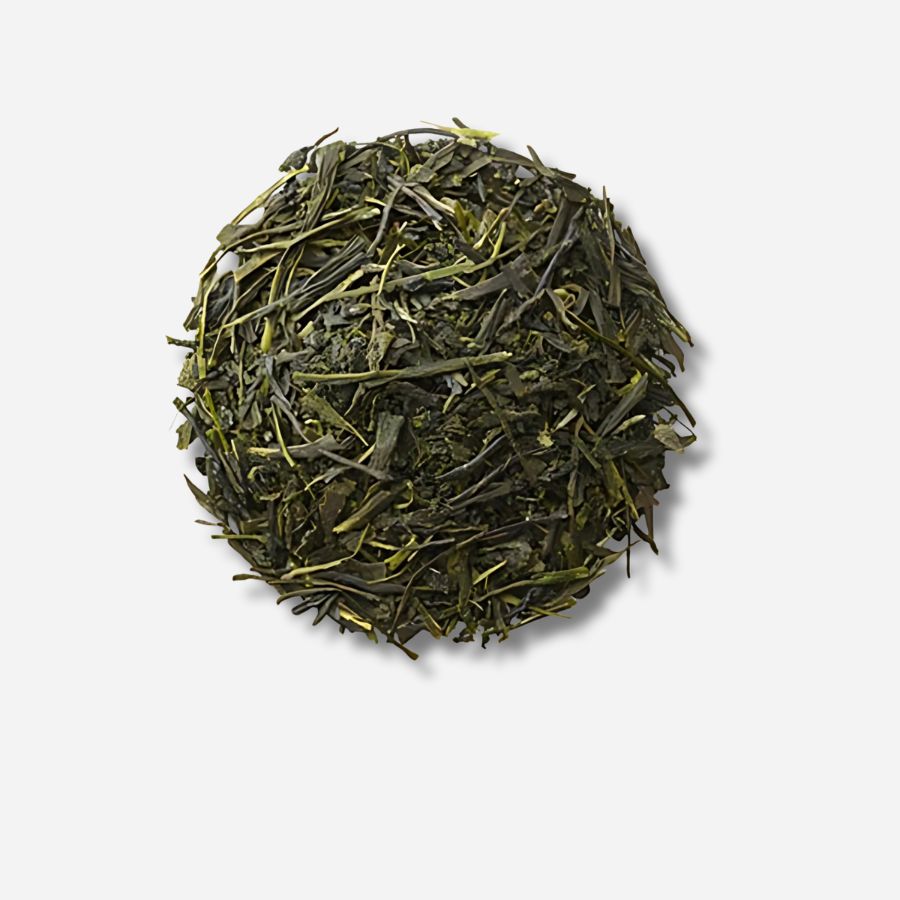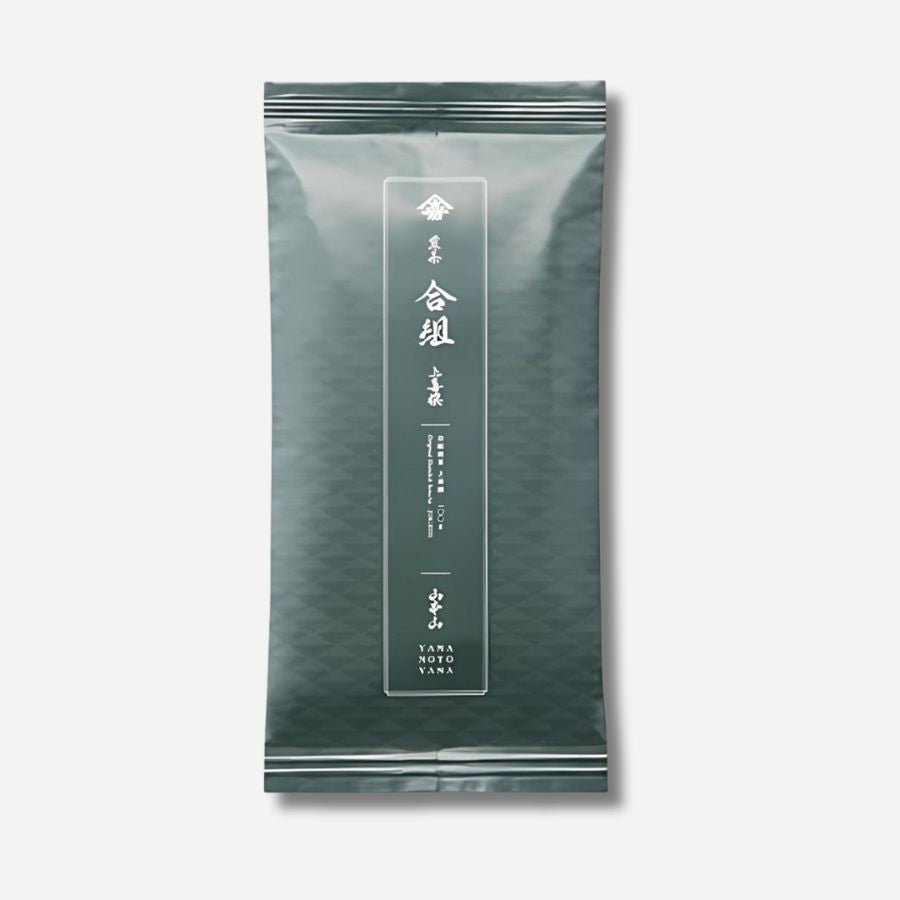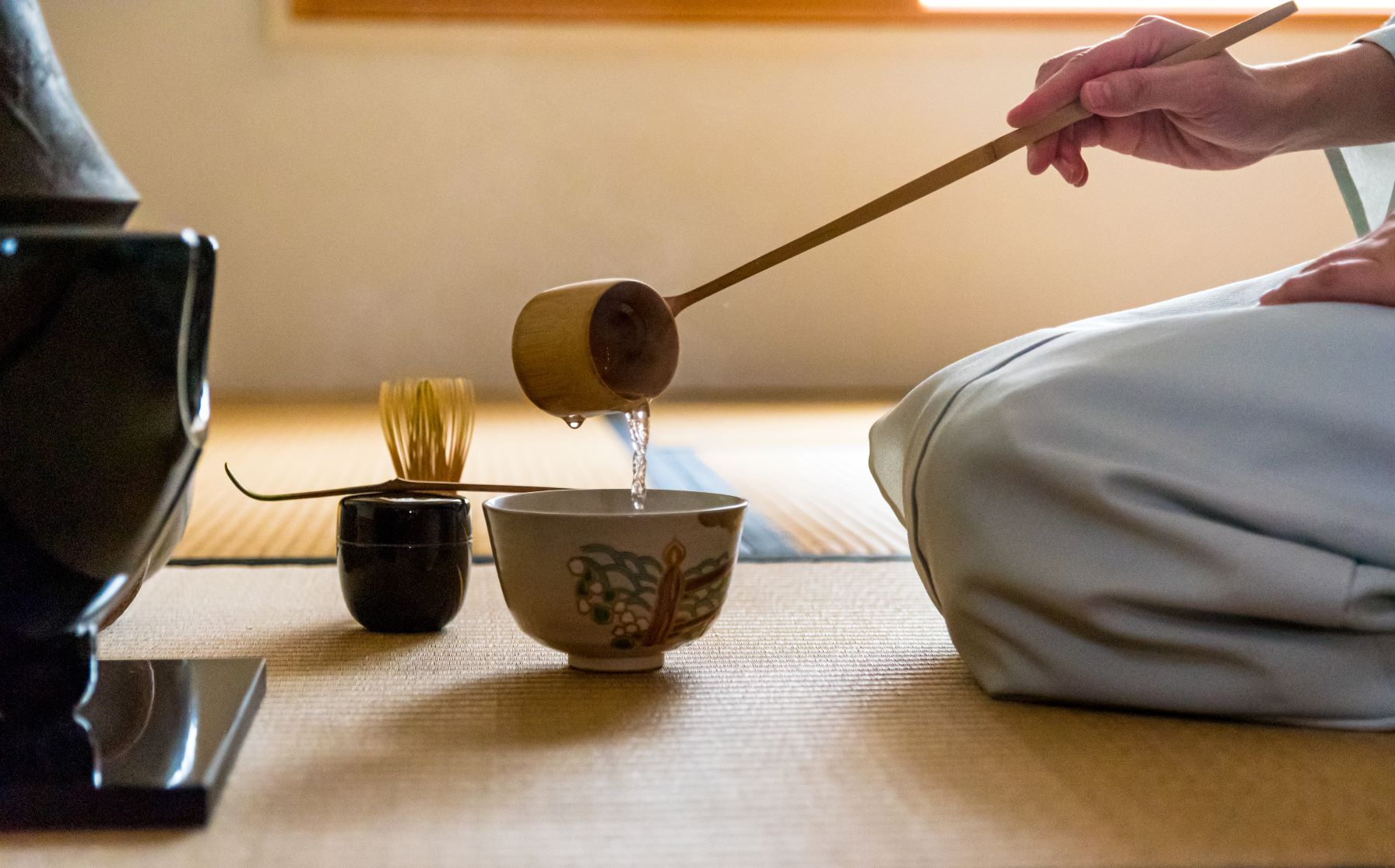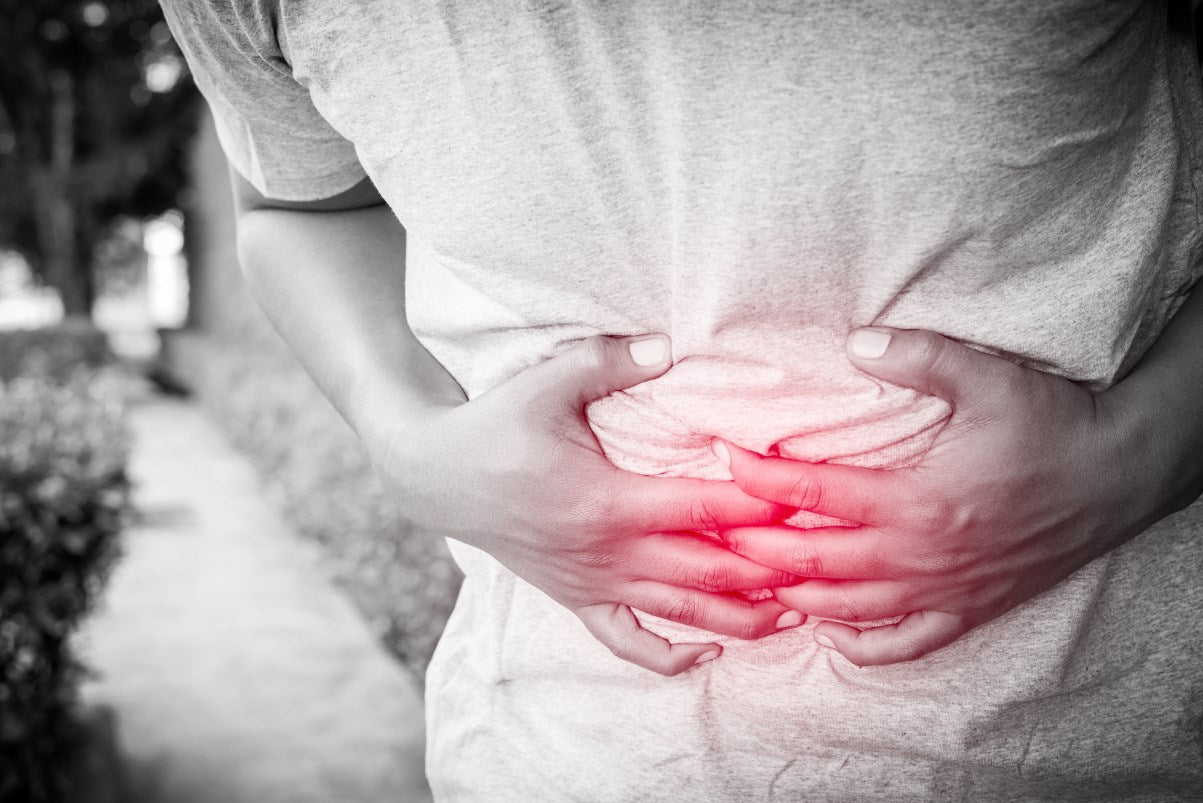
Learn from the pros! A thorough explanation of how to tell the difference between delicious tea leaves!
Sencha can be judged by its appearance
Most people buy tea leaves from supermarkets, online stores, or specialty stores.
When tea leaves are displayed in supermarkets, they are stored in bags that you cannot see inside, making it difficult to check the condition of the tea leaves, but many Japanese tea specialty stores will show you actual samples of the tea leaves.
By selecting tea leaves by looking at them and touching them with your hands, you will develop the ability to discern the best tea. It is also recommended that you visit a tea specialty store from time to time and carefully select various tea leaves.
In fact, delicious tea leaves can be judged to a certain extent by their appearance.
This time, we will introduce how to identify delicious tea leaves.

Key points for delicious tea leaves
1. Shape
Teas like Gyokuro and Sencha, which are made by finely rolling the leaves, have a quality that is reflected in their appearance.
For both, thin and shiny ones are considered high quality , and those that are twisted or long and curled are considered good. Choose ones that are uniform in size and shape overall.
In particular, spider leg tea, which is as thin as a spider's legs, is considered to be very good . This is proof that the soft new buds have been carefully rolled, and is an indication of the high quality of the tea.
On the other hand, tea leaves that are unevenly shaped or powdery may be of inferior quality.
However, this is not the case with deep-steamed sencha.
Deep-steamed sencha tea is made by steaming the tea leaves for a long time, which softens the leaf tissue and causes it to break down into small pieces during the rolling process. Therefore, the leaves are smaller than regular sencha and may turn into powder, but this is by no means a carelessly made tea.
2. Thickness
The best tea leaves are thin and delicate. Thick tea leaves may look like a good deal at first glance, but they are often sold cheaply.
3. Color
Choose tea leaves that are a vibrant, deep green color. They will have a clear green color when brewed. If the tea leaves are brownish or yellowish, they may not be as fresh.
4. Shine
Fresh tea leaves should be shiny and glossy. Dull or dull leaves may be of inferior quality.
Thus, good tea leaves are thin, dark green, firm and colorful, have a glossy surface and are characterised by little stems or powder.
In comparison, medium-grade or lower tea leaves contain leaves that have become slightly hard, and are not thin and tend to look folded up. They are a slightly lighter dark green in color, irregular in shape, and lack luster overall.

You can tell if tea leaves are good by touching them
You can tell if tea leaves are good by just touching them.
It is said that good tea has a moist weight and a firm, firm texture. When you squeeze the tea leaves, you can feel their elasticity and freshness.
The fineness and thinness of the tea leaves indicate the thinness and softness of the leaves, which is characteristic of new buds. Soft buds picked early are more likely to have a strong flavor and less astringency.
If you can actually feel the tea leaves, choose ones that are moist. These are the first harvest tea leaves, which are fresh, so they will feel soft and moist when you touch them.

Is there a difference in taste between hand-picked and machine-picked apples?
There are other things you can learn by looking at tea leaves.
It's whether the tea leaves are picked by machine or by hand.
When hand-picking, the tea leaves are picked one bud and two leaves at a time (the topmost bud and two leaves) while being checked by human eyes one by one. This prevents foreign objects such as tough leaves and stems from getting in and the leaves are not torn off in the process, so the leaves do not get cut cleanly like when picked by machine, and the shape of the tea leaves tends to remain intact.
Hand-picking, where tea leaves are picked one by one, requires an enormous amount of labor compared to machine-picking, so tea leaves are often sold at a relatively high price.
As for the taste, hand-picked tea is considered to be of very good quality as it contains fewer foreign matter for the reasons mentioned above.
However, nowadays, good machines such as rail-type plucking machines have been introduced, so few people can tell the difference in flavor between hand-picked and machine-picked tea. There are many machine-picked tea leaves that are close in quality to hand-picked tea.

summary
So far, we have introduced how to distinguish delicious tea leaves.
Some of you may not have many opportunities to visit Japanese tea specialty stores, and may think that it would be nice if the tea leaves sold at supermarkets were packaged in a way that allowed you to see what was inside, but there is a good reason for this.
Tea leaves sold in stores are deliberately placed in sealed aluminum bags that do not allow the contents to be seen, to prevent deterioration due to light, oxygen, or moisture.
You may find that it's not what you expected, but as you try different tea leaves, you'll eventually find a tea that suits your taste.
You may not have many opportunities to see tea leaves, but if you do, please keep in mind the points we have introduced here and check them out. I'm sure you will find choosing tea leaves more enjoyable.





